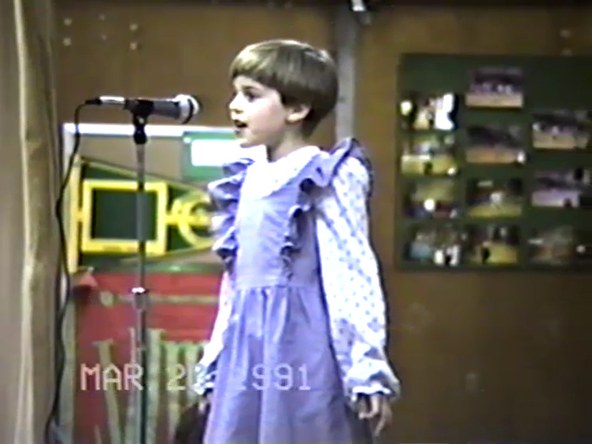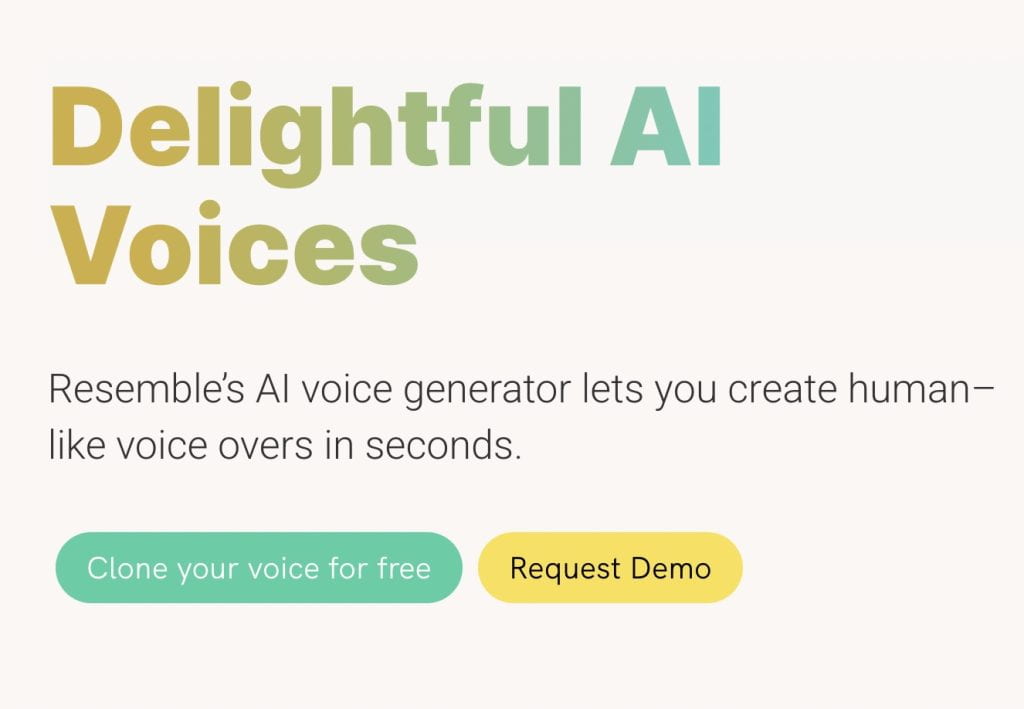The voice is often viewed as a primal connection to who we are. What does it mean when suddenly is is separated from our bodies and “performed” by a device?
Being Siri
Being Siri
Erin Anderson – Unfictional
In this experimental layered podcast Erin Anderson (an award-winning multimedia storyteller and assistant professor at the University of Pittsburgh’s writing program) wants to donate an intimate, personal piece of herself to a total stranger. She wants to give away her voice

Voice as Ecology: Voice Donation, Materiality, Identity
Tiktalk
In 2018, voiceover artist Bev Standing recorded 10,000 sentences for the Chinese Institute of Acoustics. Bev was told the recordings would be used for a translation app, but three years later, she was shocked to discover that she had become the default voice of TikTok in North America. On TikTok, Bev heard herself saying all kinds of wild and inappropriate things. So, she decided to sue. In this episode, Bev tells her story, and we hear from the voice who replaced her.

Voice as Ecology: Voice Donation, Materiality, Identity
Steph Ceraso
This article from the Sound Studies blog Sounding Out! Examines the use of voice donation and assistive technologies. “Like a digital blood bank of sorts, VocaliD provides a platform for donating one’s voice via digital audio recordings. These recordings are used to help technicians create a custom digital voice for a voiceless individual, providing an alternative to the predominately white, male, mechanical-sounding assistive technologies used by people who cannot vocalize for themselves (think Stephen Hawking).” The article asks questions about how culture, race, ethnicity, gender, class, ability, sexuality are factored into the process of our understanding and expectations around voice.

Voice and Deepfakes
Deepfake video of Zelenskyy could be ‘tip of the iceberg’ in info war, experts warn
Bobby Allyn – NPR
“A fake and heavily manipulated video depicting Ukrainian President Volodymyr Zelenskyy circulated on social media and was placed on a Ukrainian news website by hackers Wednesday before it was debunked and removed.
The video, which shows a rendering of the Ukrainian president appearing to tell his soldiers to lay down their arms and surrender the fight against Russia, is a so-called deepfake that ran about a minute long.”

Voice Cloning
Example: resemble.ai
A proliferation of tools are appearing across the internet that allow users to clone and then deploy “human-like” voices. Like other AI and assistive technologies, these tools could be used to a number of ends, and not always to the benefit of people.

